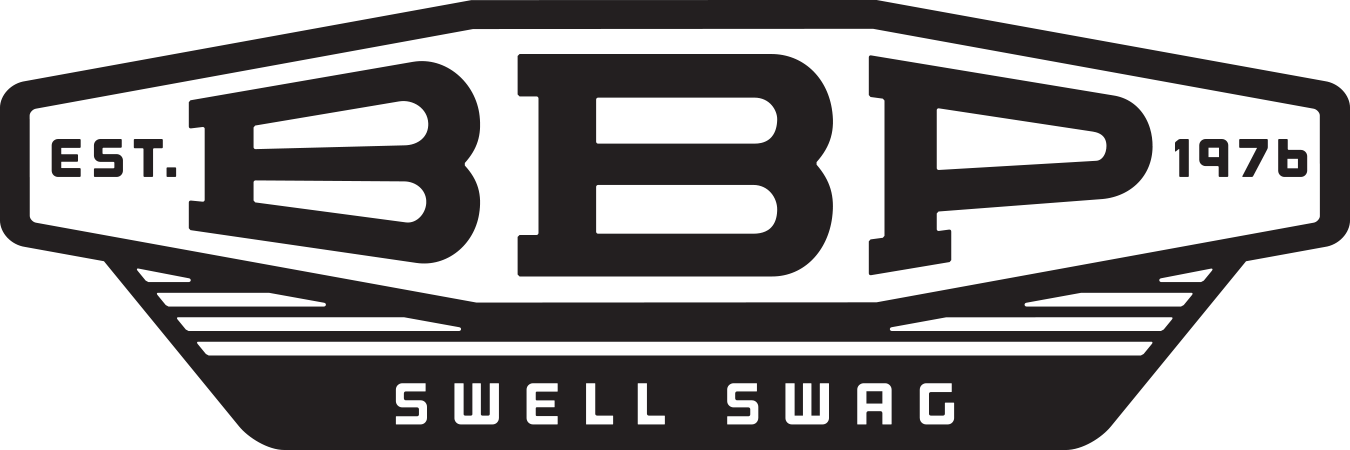Proper Artwork
Artwork Guidelines
Great printing starts with the right type of artwork. Submitting the correct file type ensures your design looks sharp, colors come out accurate, and the finished product matches your vision. We want every project to look its best, so you’re stoked about your products! Here’s a quick guide to preparing artwork for production.
Vector Artwork
Vector artwork enables us to achieve the highest quality results and separate each color for the screen printing process. Vector files are created with digital lines, shapes, and paths, which means they can be resized without losing clarity. Whether your design ends up small on a chest print or large across the back of a shirt, vector art helps the artwork look as good as physically possible. That’s why it’s the artwork type we recommend and default to for almost all of our projects.
Vector files are usually made in Adobe® Illustrator® and saved as one of the following formats:
.ai
.eps
.pdf (editable)
.cdr
.svg
Tips for submitting vector artwork:
Convert all fonts to outlines before sending.
For exact color matching, either use the PANTONE® Solid Coated colors within the artwork or tell us what Solid Coated Pantone colors you’d like to use.
If you’re working with a logo or design that you know will be used repeatedly, vector is the best long-term option. If the logo is not designed in a vector-based program, you cannot simply save the raster image as a vector file and expect it to work. It will still be a raster image, so additional work is needed to recreate the image in vector format.
Raster Artwork
Raster images are composed of pixels, similar to a digital photograph. These can look good on a screen, but when enlarged or printed, low-resolution files can appear blurry or pixelated. To avoid this, raster artwork must be created at 300 PPI (pixels per inch) at the actual size you want it printed. Increasing the resolution afterward (called “upsampling”) won’t improve quality. This format is primarily used in digital printing, such as with a computer printer.
Raster files are usually created in Adobe® Photoshop® and may include formats like:
.jpg
.png
.tif
.psd
Tips for submitting raster artwork:
Always provide files at 300 PPI at the final print size.
When possible, BBP will recommend raster files to be converted to vector for better results.
Send us your original, highest-quality file, if possible
Not Sure what PPI/DPI Your jpeg Artwork is? below are instructions on how to find that out!
You can tell a JPEG's resolution by checking its properties on your computer: on Windows, right-click the file, select "Properties," then go to the "Details" tab; on Mac, right-click or Ctrl-click the file, select "Get Info," and look for the dimensions. Alternatively, you can open the image in a program like Preview on a Mac or Photoshop, then look for an "Image Size" or "Inspector" option.
On Windows
Right-click the JPEG file.
Select Properties.
Click the Details tab. The dimensions (width and height in pixels) will be listed under the "Image" section.
On Mac
Right-click (or Ctrl-click) the JPEG file.
Select Get Info.
The image dimensions will be shown in the "More Info" section.
For a more detailed view, open the image in the Preview app, click Tools in the top menu, and select Show Inspector (or press Command+I). The "Image DPI" will be shown.
In image editing software
Open the image in a program like Photoshop.
Go to the Image menu and select Image Size to view and edit the resolution settings.
Still not sure?
No sweat, just send us the file you have, and our team in Longmont will review it. If adjustments are needed, we’ll guide you through the process or help prepare the file so it’s print-ready, allowing you to use it for future purposes. With the right artwork, your screen-printed appeal and branded items will turn out clean, professional, and exactly how you imagined.
